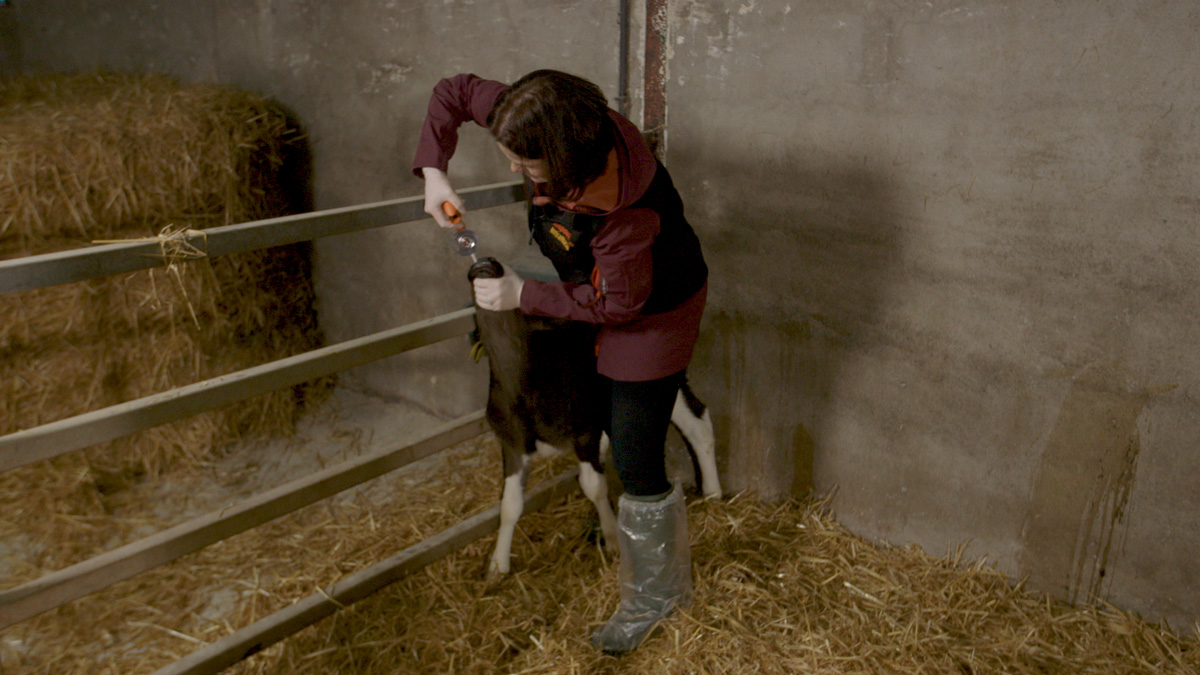By Mary Newman, national veterinary manager at Zoetis
The health and nutrition of dairy replacement calves in the first 60 days of life have a very significant impact on their future productivity and longevity.
A good start is half the work
Energy intake and colostrum management are two of the key priorities in the first 60 days to influence future performance.
Recent studies have indicated that additional average daily live weight gain (DLWG) during the first 60 days of life will result in additional milk yield in the first lactation.
- For every additional 100g of DLWG during the first 60 days of life, about 225kg of additional milk yield in the first lactation can be expected;
- Pre-weaning DLWG accounted for 22% of the variation in first-lactation milk yield.
Growth during the first 60 days of life is also linked to survival to second lactation. Research has shown that heifers that reach second lactation grew more (800g/day) between 12 and 65 days than those that did not (700g/day).
To maximise the lifetime productivity of the dairy herd, it is essential to protect the young dairy calf from common diseases so as to ensure maximum DLWG.
- Survive longer in the herd;
- Produce more milk;
- Deliver more profit.
Scour and pneumonia
Scour and pneumonia are the two most common ailments that affect Irish calves every spring. In calves less than a month old, scour is the biggest killer.
https://www.youtube.com/watch?v=TAjYhb5Aeos
The key to scour prevention is the 1-2-3 rule of colostrum management, combined with hygiene in the calving area and calf pens.
Pneumonia is the most common disease in the Irish cattle population in terms of morbidity and mortality. It was the most frequent cause of death in calves aged one-to-five months of age (32%) in Department of Agriculture, Food and Marine (DAFM) labs in 2015.
Pneumonia and the first 60 days
A single case of pneumonia in a heifer calf’s first 60 days of life, which is successfully treated, will:
- Reduce her first lactation yield by 4%;
- Reduce her second lactation yield by 8%.
As the number of pneumonia cases a heifer experiences increases, her productive life diminishes. Heifers suffering more than four cases have an average of 100 days less productive life compared to heifers that do not experience pneumonia.
Don’t wait, vaccinate
Rispoval RS & Pi3 Intranasal delivers the fastest and earliest protection available against RSV and Pi3, two of the most common causes of viral pneumonia in Irish calves.
A single-dose vaccine, administered intranasally from nine days of age, provides RSV protection within five days.
Compared with injectable vaccines, which require two doses and offer minimal protection within the first 60 days, the use of Rispoval RS+Pi3 Intranasal in young calves should be part of every pneumonia prevention plan this spring.
Convenient and reliable, Rispoval RS+Pi3 Intranasal provides the protection when and where it is needed.
More information
For more information on Rispoval RS+Pi3 Intranasal and dairy replacement calf health, just Click here




